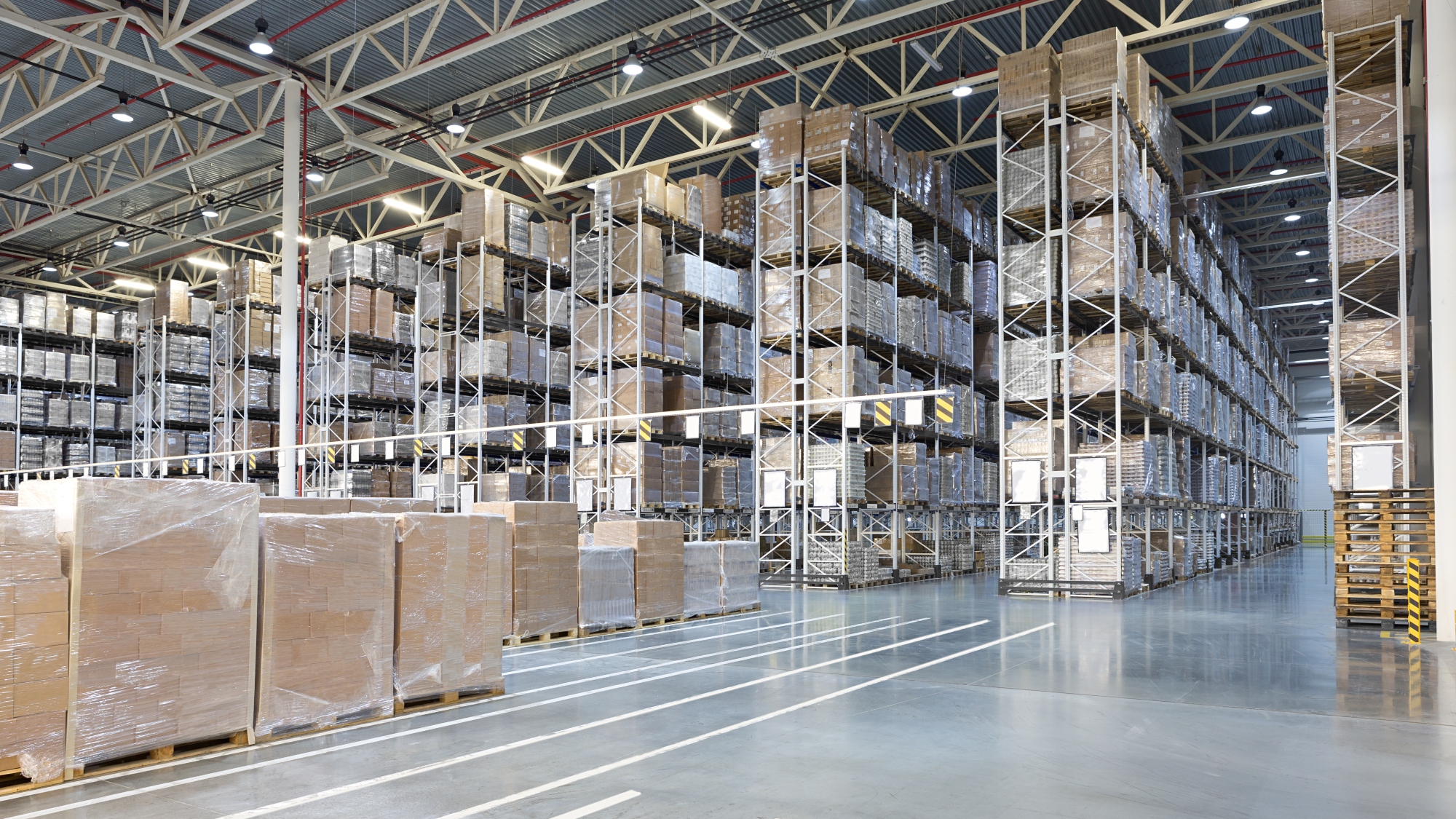Re-thinking the Strategic National Stockpile

I recently testified before the U.S. Senate Subcommittee on Homeland Security and Government Affairs, along with three other witnesses. During this testimony, I shared some of the insights I developed working with the Joint Acquisition Task Force as a pro bono consultant, during March – June 2020, during the throes of the PPE and healthcare supply shortages. My testimony was only five minutes, but there were a number of questions asked by a number of senators on the subcommittee, which included why these problems occurred. There were also a number of questions related to how to re-design the Strategic National Stockpile, which failed miserably during this period (a phenomenon we discussed in our Harvard Business Review article in September 2o20). I also submitted a written testimony, that provides further details on the rationale and recommendations I believe are necessary. These were developed in conjunction with my colleagues Major Dan Finkenstadt and Mr. Pete Guinto, Esq. of the US Air Force.
I think it’s important to begin with the important point that prior to COVID, the SNS was somewhat of a “secret” organization, as they did not publicize what they did. The genesis of the organization was on bioterror, not pandemics. The SNS was thus never designed or intended to be able to respond to a pandemic such as COVID. The majority of the people working within it were inventory analysts, not supply chain logisticians. That means most individuals did not have experience managing warehouse and transportation and acquisition activities, but were rather focused on optimizing the stockpile of goods given very limited funding. The SNS managed about 800 product lines, and spent much of their time focused on how to spread out limited funds on acquiring materials to cover threats. Prior to COVID, potential threats were often determined by HHS to determine what to invest in, but this was a public health science view of potential scenarios that might arise, and had little to do with supplying demand for products.
The problem is that scientists at HHS have a difficult time predicting things. Rather, they look forensically and medically at a problem, but are generally slow and not good at predicting what is needed and how to respond to a future need. In 2017, the composition of the SNS inventory was largely determined by the Public Health Emergency Medical Countermeasures Enterprise (PHEMCE), which issued a strategic plan outlining the key areas for inventory investment. PHEMCE is composed of multiple agencies who assess the current set of global threats. Number one on that list was $5.7B for pandemic influenza, which included development of vaccines with BARDA, as well as replenishment of expiring material in the SNS. Unfortunately, this excellent plan was allowed to languish, and in 2018 was not restarted. This was tragic, as we would have been in a much better place if it had been carried out. For instance, the supply of N95 masks in the SNS consisted of inventory acquired during the 2009 SARS epidemic. Because these masks were acquired with one-time supplemental influenza funding, they were never replenished, and by the time COVID hit, most of them were expired and useless. In addition, $2.3B had been allocated on anthrax vaccines that were never shown to be effective, for a threat that was never really validated, which dated back to 2004. So the ability to cover all 12 of the PHEMCE areas was not possible as funding for the SNS was cut back further. Its ability to source based on risk was largely determined by scientists, and even then, often involved one-time events, never for a persistent on-going pandemic like COVID.
The SNS had been part of the CDC for more than 10 years, and in the last two years, was transferred over to ASPR as part of the HHS. This was not really the right place for it to reside, as again it reported up to medical scientists, not emergency response agencies. Their leader Greg Burrell had retired in November 2019 and did not even have a deputy director assigned and was leaderless. The agency did not have enough warehouse capacity for procuring and storing materials, even if they had planned to do so. And there was little precedence for them to store products and sell them into the market, as so much of their inventory went to waste and had to be given for free to the public in the event of a pandemic. Having significant appropriations associated with disposal of expired goods was not an option.
For this reason, it is critical that the US Government develop a new SNS – one that we have called the SNS 2.0. There are many important attributes to consider in designing this new SNS – but one of the most important will be the need to consider the evolution of global supply chains. As we move towards a post-COVID world, this will entail some complex new strategies to consider how we can be better prepared for the future…